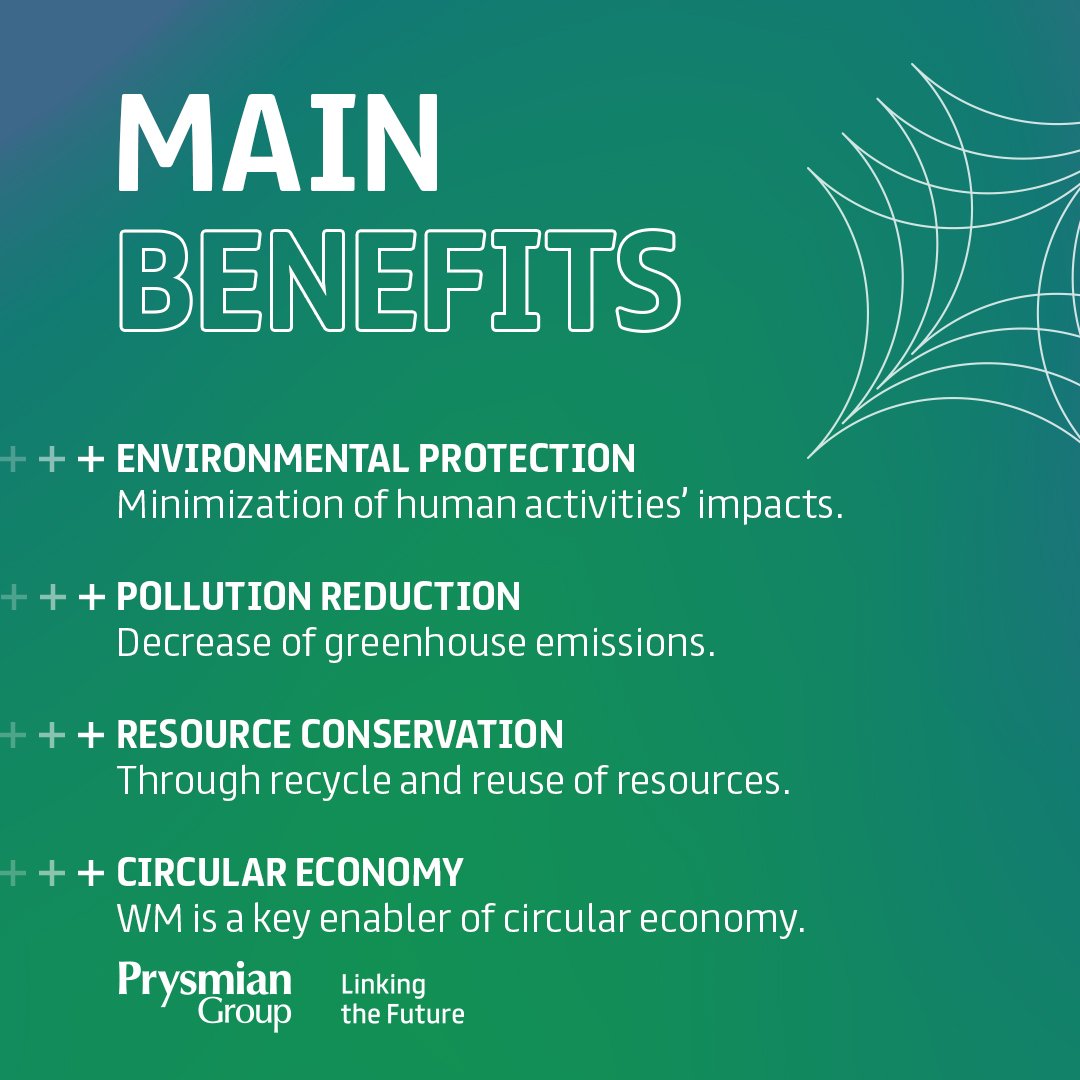Not known Details About Reclaim Waste
Not known Details About Reclaim Waste
Blog Article
Reclaim Waste Can Be Fun For Everyone
Table of ContentsThe 4-Minute Rule for Reclaim WasteWhat Does Reclaim Waste Mean?The smart Trick of Reclaim Waste That Nobody is DiscussingWhat Does Reclaim Waste Mean?The 45-Second Trick For Reclaim Waste
Domestic sewer waste refers to the waste and items from a domestic septic tank. The correct management and disposal of domestic sewage waste need liquid waste to be moved to a sewage therapy plant where the proper techniques and tools are used to cleanse and dispose of waste.
Commercial waste usually includes potential dangers, such as flammable materials or a blend of liquid and solid waste products, and calls for an advanced and thorough disposal procedure. The disposal of industrial waste commonly includes the filtration of waste before transport to guarantee secure and correct disposal. Hazardous waste is produced from byproducts and overflow of industrial processes and production.
This sort of waste can not make use of the very same sewer monitoring transportation or procedures as septic or commercial liquids. The commercial waste monitoring procedure requires the evaluation and screening of fluid waste before it goes through the disposal procedure (liquid waste removal). Runoff waste is the fluid waste that originates from runoff and excess stormwater in highly booming areas or cities
Drainage waste can cause contamination and flooding if not managed properly. Making sure appropriate waste management can avoid catastrophes and minimize environmental damage.
9 Simple Techniques For Reclaim Waste
Call PROS Solutions today to learn more about our waste management and disposal solutions and the proper methods to look after the fluid waste you create.
(https://reclaimwaste1.blog.ss-blog.jp/2024-11-12?1731425991)Do you know what happens to your water when you end, flush the bathroom or drain pipes the washing equipment? No? Well, it's worth knowing. This so-called 'wastewater' is not just an important resource however, after treatment, will certainly be launched to our land, waterways or the ocean. Utilized water from toilets, showers, baths, kitchen area sinks, washings and industrial processes is recognized as wastewater.

water used to cool down equipment or tidy plant and tools). Stormwater, a type of wastewater, is drainage that flows from agricultural and urban areas such as roofings, parks, yards, roads, courses and rain gutters right into stormwater drains pipes, after rain. Stormwater streams without treatment straight to local creeks or rivers, eventually getting to the ocean.
All about Reclaim Waste
In Queensland, the majority of wastewater is treated Our site at sewage treatment plants. Wastewater is carried from domestic or commercial websites through a system of sewage systems and pump stations, recognized as sewerage reticulation, to a sewer treatment plant. City governments develop, maintain and run most sewer treatment plants. Operators are licensed under the Environmental Management Act 1994 to discharge cured wastewater at an acceptable ecological criterion right into rivers.
The Division of Natural Resources advises city governments about managing, operating and maintaining sewerage systems and therapy plants. In unsewered areas, city governments might call for owners to mount private or family sewage therapy systems to treat residential wastewater from bathrooms, kitchens, washrooms and washings. The Department of Natural Resources authorises the use of family systems when they are shown to be reliable.
In some brand-new communities, treatment of some stormwater to eliminate litter, sand and gravel has started making use of gross toxin catches. Wastewater therapy takes place in 4 phases: Eliminates solid matter.
Wastewater then flows right into huge storage tanks where solids work out and are gotten rid of as sludge. Oil and scum are skimmed from the surface area. Uses tiny living organisms recognizes as micro-organisms to damage down and remove staying dissolved wastes and fine fragments. Micro-organisms and wastes are included in the sludge. Eliminates nitrogen and phosphorus nutrients that can create algal flowers in our waterways and threaten aquatic life.
Some Of Reclaim Waste
Nutrient elimination is not readily available in all sewer therapy plants since it calls for pricey specialist tools. It is becoming much more typical in Queensland. Clear fluid effluent created after therapy might still have disease-causing micro-organisms. If this effluent is launched right into waterways such as rivers or the sea, the micro-organisms will ultimately pass away out.

Many wastewater flows into the sewage system. Under the Act, local federal governments carry out approvals and licences for environmentally appropriate activities (Ages) including wastewater launches that might have a regional effect.
The smart Trick of Reclaim Waste That Nobody is Talking About
Otherwise, examples are taken for research laboratory evaluation. Usually many tests are needed to establish the levels of each of the various toxins such as oils, heavy metals and pesticides in water. Tracking gives accurate information concerning water high quality and can confirm that licence conditions are being satisfied. The information gotten through monitoring provides the basis for making water top quality choices.
Report this page